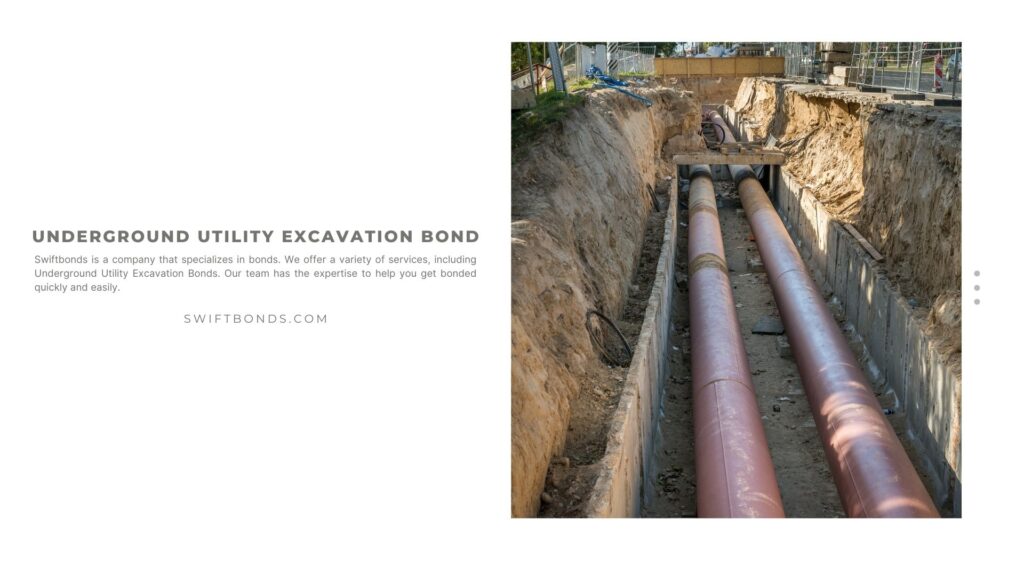Introduction
In Osceola County, FL, underground utility excavation plays a crucial role in infrastructure development and maintenance. To ensure safety, minimize disruptions, and protect underground utility infrastructure, contractors engaged in excavation activities are often required to obtain a bond. This article explores the specifics of the Osceola County Underground Utility Excavation Bond, including its purpose, application process, benefits, and considerations for contractors and regulatory authorities.
What is an Osceola County, FL – Underground Utility Excavation Bond?
An Osceola County Underground Utility Excavation Bond is a type of surety bond mandated by local authorities. It serves as a guarantee that contractors engaged in underground utility excavation will comply with all applicable safety regulations, utility protection protocols, and contractual obligations. The bond also provides financial protection to the county and ensures compensation for any damages or disruptions caused to underground utilities due to the contractor's excavation activities.

Frequently Asked Questions
Can the Osceola County Underground Utility Excavation Bond cover damages caused by unforeseen underground obstacles that were not detectable through standard utility locating techniques?
No, typically the Underground Utility Excavation Bond is intended to cover damages resulting from the contractor's failure to adhere to safety regulations or utility protection protocols during excavation activities. Damages caused by unforeseen underground obstacles, such as old and unmapped utility lines or natural formations, may require separate agreements or insurance coverage specific to those risks. Contractors should discuss potential liabilities and coverage with their surety company and Osceola County authorities before commencing excavation.
Are there specific environmental impact assessments or mitigation measures required for projects covered by the Osceola County Underground Utility Excavation Bond?
Yes, Osceola County may require contractors to conduct environmental impact assessments or implement mitigation measures as part of their excavation projects, especially in sensitive areas. This could include measures to protect water bodies, wetlands, or wildlife habitats from potential contamination or disturbance during excavation activities. Contractors should familiarize themselves with these environmental requirements and ensure compliance to maintain bonding obligations and regulatory approvals.
What steps should a contractor take if they encounter delays or complications due to conflicting utility plans or inaccurate location information provided by utility companies?
If a contractor encounters delays or complications due to conflicting utility plans or inaccurate location information, they should document the discrepancies and communicate promptly with utility companies and Osceola County authorities. It may be necessary to revise excavation plans, coordinate with utility providers for updated information, or seek approval for alternative excavation methods. The contractor should maintain transparency and cooperation with all stakeholders involved to mitigate delays and ensure compliance with bonding requirements and safety standards.


